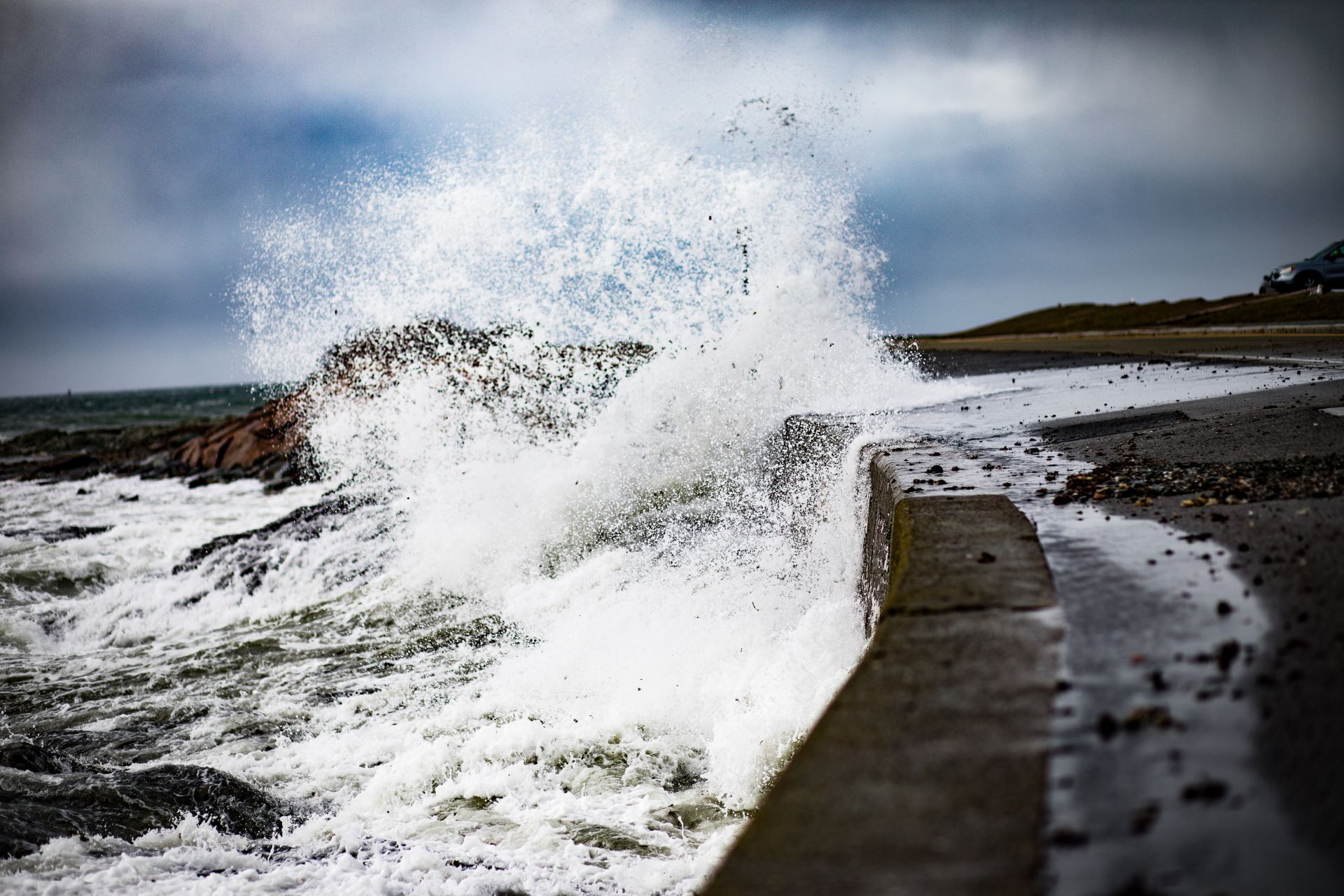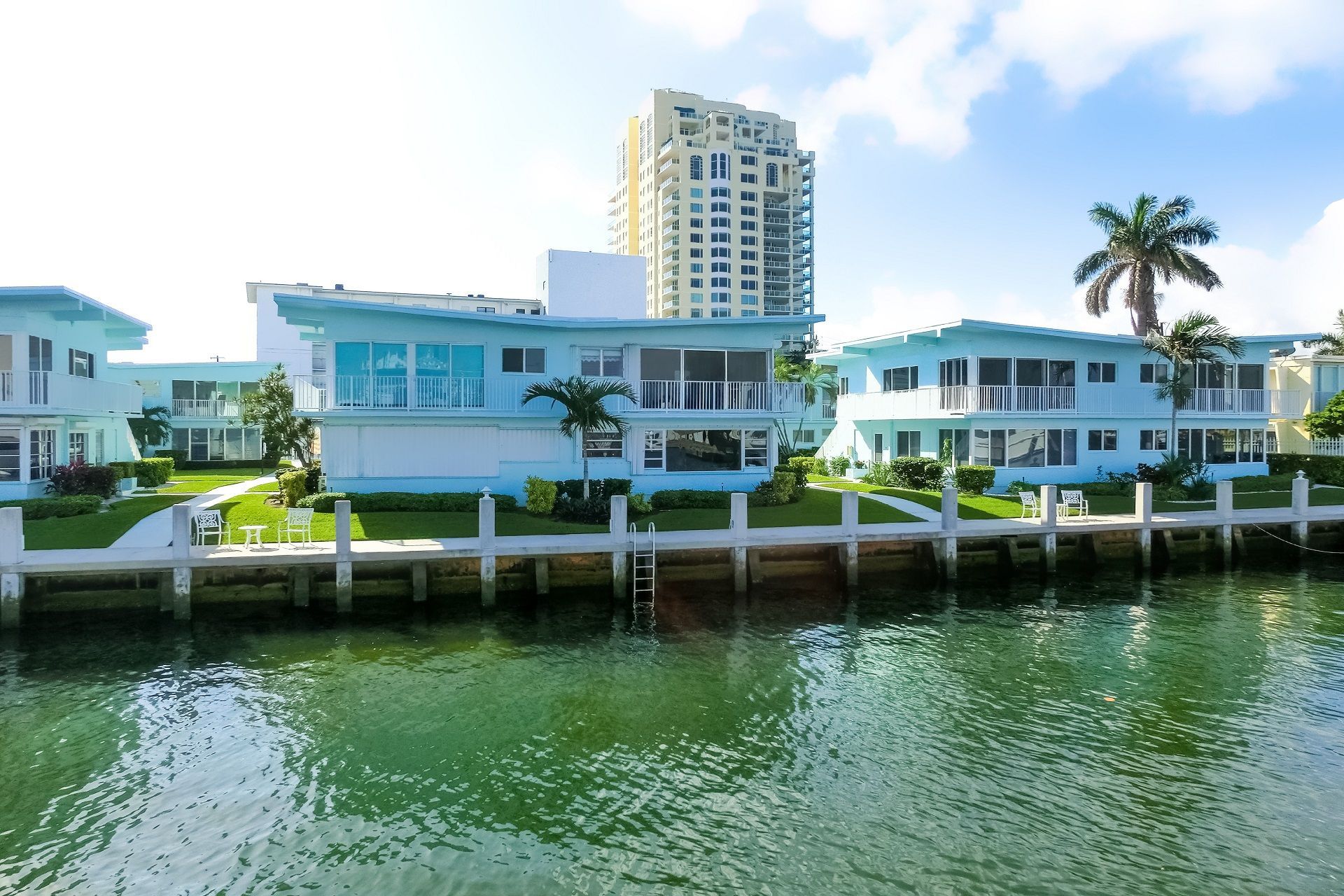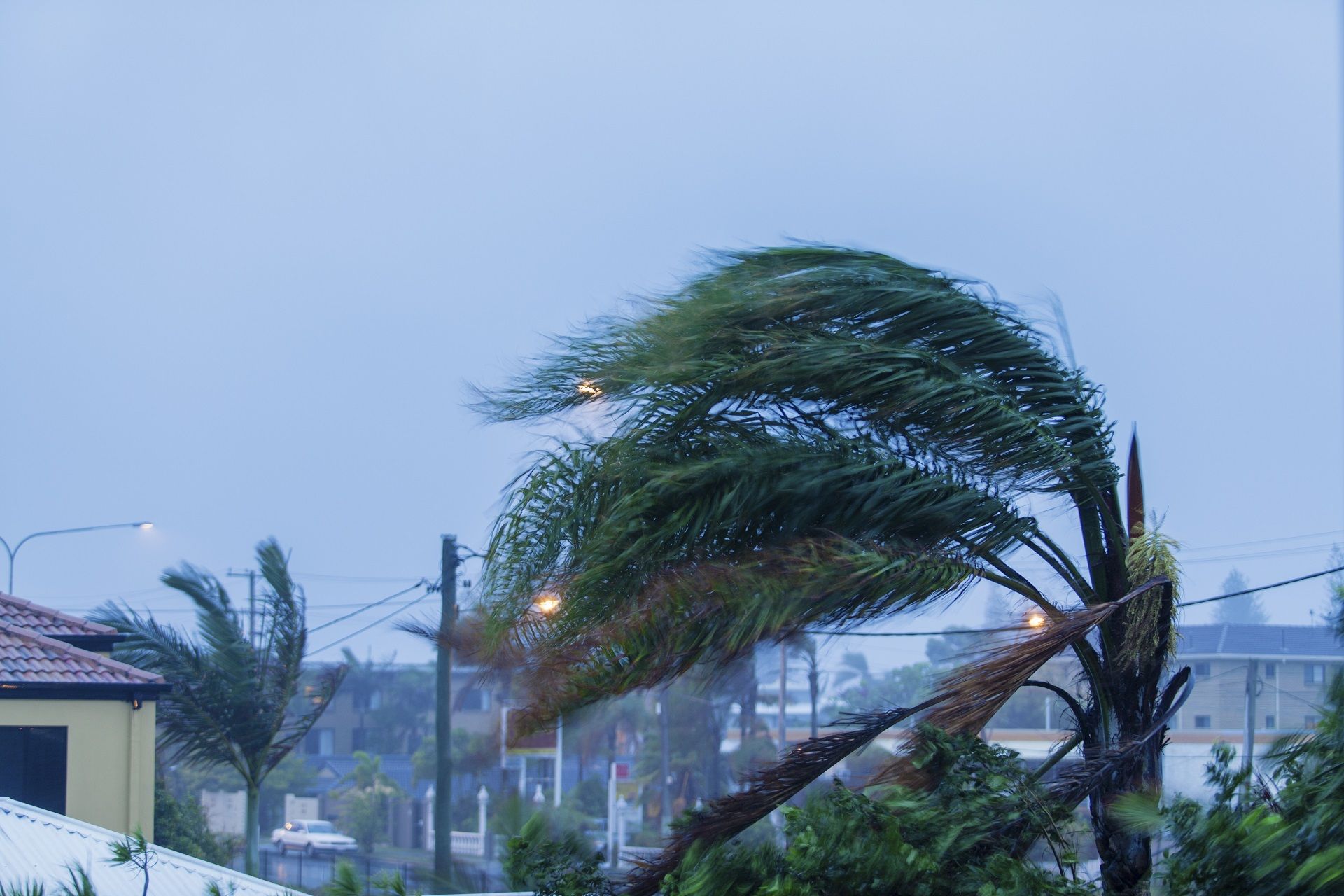What Are The Basic Maintenance Requirements Of Concrete Seawall?
If you’re a Florida resident, you probably always wanted to own a seafront home. We don’t blame you because it offers that extra level of luxury (and the bragging rights), as well as an unprecedented level of tranquility.
Still, coastal weather in the Sunshine State can only be described as harsh and the seawater itself is a force to be reckoned with. Fortunately, most coastal homes have seawalls. These structures can withstand strong storm surges and waves, making properties on the coast as stable as those built on solid ground.
As powerful as seawalls are, they too are not impervious to damage. This is why seawall maintenance is so important.
Whether you’re in the process of buying a coastal property or you’re already settled in, you need to know more about seawall maintenance and how a seawall or
marine inspection can help you extend the lifespan of your marine structures.
Why Is Maintaining The Seawall So Important?
As previously described, the seawall takes the brunt of the force of strong tidal waves and storms. They’re made to be durable, sure, but every manmade structure has its limits. Failing to maintain the seawall could lead to erosion, which will significantly weaken the seawall itself and leave the home open to Poseidon’s wrath.
Moreover, if your seawall fails, it can cause soil erosion on the property and your home may become inhospitable due to flooding.
For homeowners, this is a reminder to start taking care of the property. For buyers, it’s a tip to schedule a marine inspection in order to ascertain the condition of the seawall as it can help reveal in what shape the entire property is.
How To Maintain A Seawall
While it sounds like a herculean task, maintaining a seawall is relatively straightforward if you know what you’re doing. For best results, you can always schedule an underwater seawall inspection to gain a better understanding of the seawall’s condition, detect problem areas, and implement the right remedies later.
Here are the key steps in the proper seawall maintenance process:
1. Scheduling A Seawall Inspection
Maintenance also involves an inspection carried out by a certified inspector. These individuals will inspect the portion of the seawall above the waterline, and may also use advanced tools such as acoustic imaging and ultrasonic sensors to provide a more accurate overview of the seawall’s condition.
Let’s say you have a concrete seawall. In that case, the inspector will evaluate the number of cracks and suggest remediation measures. With timber seawalls, the main goal will be to look for signs of splitting, termite infestations, or rot.
Either way, a professional evaluation will provide you with a clear understanding of what you should focus on. Also important is the fact that this inspection can bring your attention to developing issues, allowing you to fix them immediately before they spread and lead to expensive repairs.
2. Unclogging Weep Holes
All seawalls handle an incredible amount of pressure. This is why engineers build weep holes in them, as these tiny openings can relieve some of the pressure by allowing the seawater to move freely and drain properly.
Seawater can bring along soil, sand, or waste, which can over time accumulate in weep holes, forming impenetrable clogs. This can put too much pressure on the seawall and lead to structural damage.
You can unclog weep holes easily with any stick-like object, ensuring optimal movement of water and relieving the pressure on the structure.
3. Remove Landscaping Away From The Structure
Trees and shrubs can make a property look like paradise, but they can also cause extensive damage to the seawall. Tree roots naturally grow toward the sea, meaning any trees near the seawall will eventually grow against the structure, putting additional pressure on it.
This doesn’t mean you shouldn’t have trees on the property, rather, you should clear the area near the seawall of any landscaping. Relocate any existing trees 30 feet away from the seawall or even more if we’re talking about particularly large ones.
4. Clear Any Vegetation From The Seawall
Leave anything outside in Florida, and eventually, plant life will develop. A similar thing applies to the seawall. The problem is that vegetation covering the seawall can damage its structure and make it more fragile.
This step is relatively straightforward - remove any vegetation from the seawall’s surface during your annual maintenance.
5. Seal Any Cracks
For a concrete seawall, cracks of any size can be deadly. They can not only exacerbate water damage but also expose your overall property to gradual damage. This is why you should regularly inspect the seawall and seal any cracks.
With regular maintenance, you’ll probably only run into small cracks that you can repair on your own using widely available sealants such as liquid concrete, marine grout, or seawall repair concrete.
Sadly, failing to inspect and maintain the seawall may allow the small cracks to expand, putting the entire structure in jeopardy. At this point, you may require professional help to address the damage.
6. Apply Waterproofing Materials
After sealing the cracks, to finally complete your seawall maintenance, you must apply a fresh coat of waterproofing material. This provides you with an extra layer of protection against water erosion and drastically improves the lifespan of the structure.
Regardless of the type of seawall you may have, waterproofing materials are cost-effective and accessible. Get the right coating, spray it on, let it dry, and get peace of mind that the seawall will withstand the forces of the sea a lot better.
Future-proof Your Marine Structures
Marine structures such as seawalls and docks are exposed to the elements constantly. Regardless of whether you own the property or you’re browsing, an underwater or concrete dock inspection will go a long way in future-proofing your marine structures, and by extension, your investment.
Due to the complexity of the matter at hand (after all, the majority of the seawall is hidden underwater), you want to hire an inspection company that specializes in performing marine inspections.
In Florida, you can’t go wrong with
Certified Inspectors. As a company with close to thirty years in the real estate construction industry and every applicable certification, we can provide you with the most detailed marine inspection available in the market.
By using cutting-edge technology and cooperating with Certified Dive Masters, we will examine every inch of the marine structures, which is the only way to accurately assess their condition.
Dial
(561) 570-6311 or shoot us an
email to schedule an inspection.
Share the post:
Recent Posts

What is the Difference Between a Residential Seawall Inspection and a Commercial Seawall Inspection?
Get A Free Quote
Contact Page Contact Form
We will get back to you as soon as possible.
Please try again later.
Reviews
Contact Us
Footer Contact Form
We will get back to you as soon as possible.
Please try again later.
We accept Visa, Master Card, American Express, Zelle, Paypal, Cash or Check as well.
Call: 561-570-6311
All Rights Reserved.
This website is managed by Oamii.





